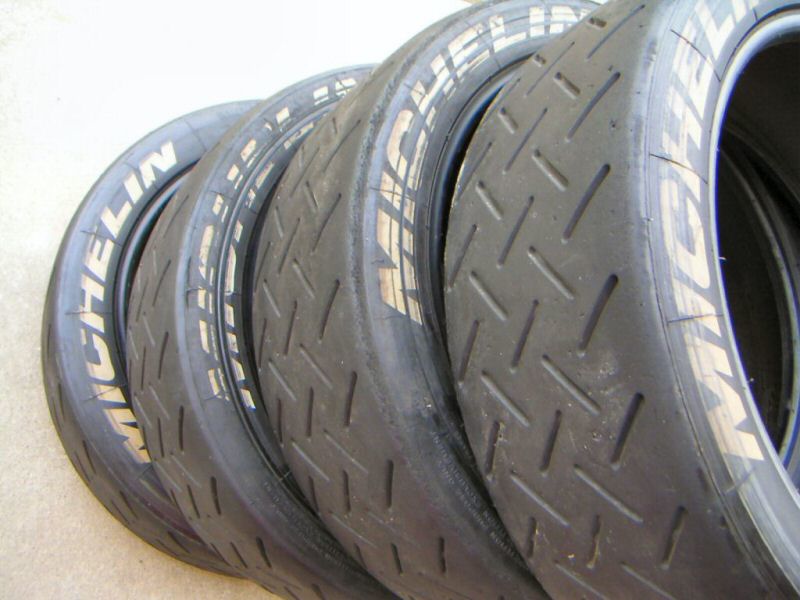Having the correct semi-truck or 18-wheeler tire size is vital in the operation of any size fleet of trucks. Properly operating tires impact the bottom line regarding the amount of time the trucks can be on the road and the safety of your operators and others on the road. Having the wrong semi-truck tire size can mean that general wear and tear happens faster. The size matters when understanding how the placement of each tire. More maintenance or less time on the road means your payload is not being delivered.
Over the last few years, the most common truck tire sizes include but are not limited to 295/75R22.5, 275/70R22.5, and 225/70R19.5. While these cover average truck tire sizes and the list is good information to have, it is not ultimately helpful if you don’t understand what these numbers mean to you and your truck/s.
If we take that first size, 295/75R22.5 and explain how semi-truck tires are sized, those numbers break down into several informative categories.
Tire Width - The first number in the series denotes the tire width. Semi-truck tire width can be displayed in terms of inches or millimeters. In this case, a 295-inch wide tire would be massive, so a quick assumption can be made that this is a millimeter marking. Having the correct semi tire width is vital as it is literally where the rubber meets the road.
Aspect Ratio - The second notation (75) after the slash mark is the aspect ratio. It represents the percentage of the length of height to width. This number is an important sizing calculation in tire fitting, and along with rim diameter will help you determine your best tire and wheel combinations.
Tire Construction Type - In this example, the letter R stands for radial (this notates that the steel belts inside are running 90-degrees from the direction the tire is facing). If you see a dash, then the tire is bias-ply (this notates that the nylon belts running anywhere from 30 to 45-degrees from the direction the tire is facing). Much less common are B for bias belt and D for diagonal.
Much less common are B for bias belt and D for diagonal.
Rim Diameter - The following number, in this case, 22.5, is the diameter. This does not apply to the diameter of the whole tire, but rather the semi-truck wheel diameter (the hole in the center of the tire). You would need a 22.5-inch wheel to fit this tire.
When reading the sidewall, you will encounter two additional numbers.
Load index - This number will indicate how much weight or load carrying capacity a single tire can hold. For example, 89 = 1,279 pounds, while 88 = 1,235 pounds.
Speed rating - You will see a speed rating letter at the end of the string. This indicates how fast the tire can go under its maximum load. A tire can go faster than this number at a lower load, but typically the tires can withstand a higher speed than the speed limits you will encounter.
No matter the size of your fleet or the needs that your trucks meet, we have the right tires for you.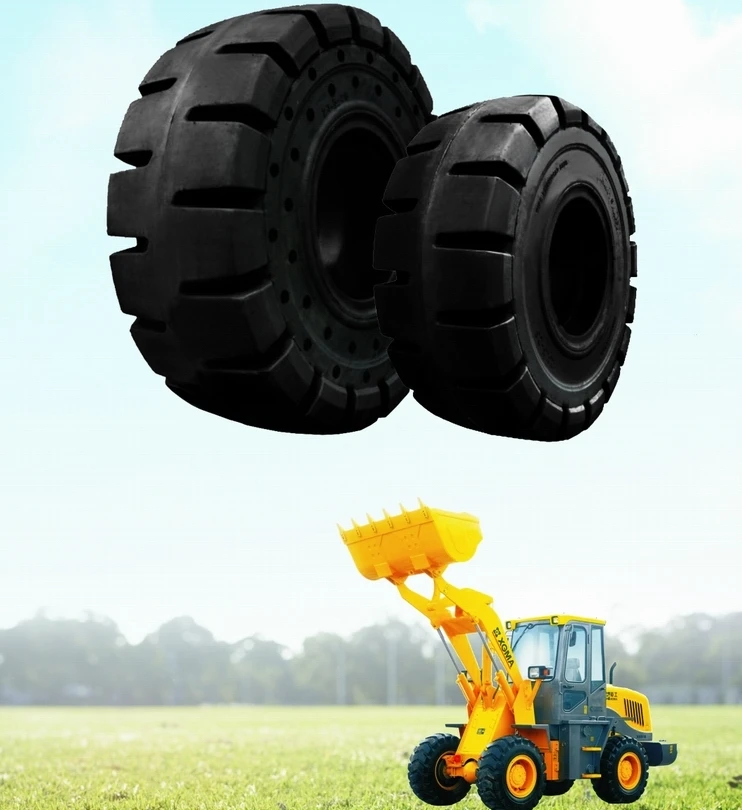 Whether you are looking for steer tires, drive tires, trailer tires or all position tires, we can outfit every wheel position of your commercial truck. Whether you’re looking for a top-tier fuel-efficient tire or a more economical option, we carry a wide variety of brands and semi-truck tire sizes, and we can get you and your truck back on the road quickly.
Whether you are looking for steer tires, drive tires, trailer tires or all position tires, we can outfit every wheel position of your commercial truck. Whether you’re looking for a top-tier fuel-efficient tire or a more economical option, we carry a wide variety of brands and semi-truck tire sizes, and we can get you and your truck back on the road quickly.
FIND A GCR DEALER NEAR YOU
You can't go a single day on the road without seeing semi-trucks. They're an integral part in the world of logistics, so they're certainly a common sight. One thing you can't help but notice about these vehicles is their tires. Exactly how big are they? We have researched semi-truck tires and have the answers for you.
There are several standard sizes of semi-truck tires currently used, but some of the most popular sizes include:
These are tires with widths of 225 mm-295 mm.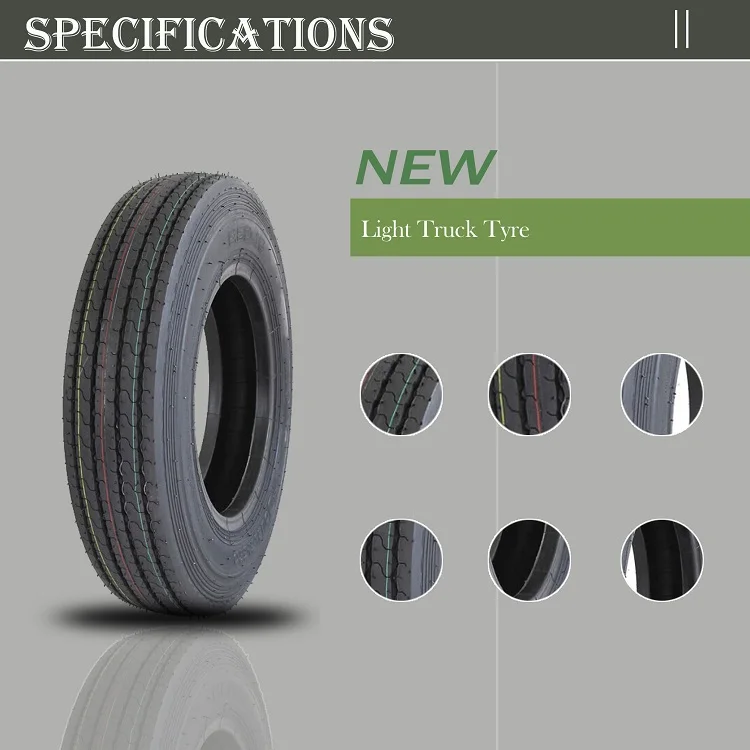 They also have a height to width ratio, also known as an aspect ratio of 70-75, and a rim diameter of 19.5-22.5 inches.
They also have a height to width ratio, also known as an aspect ratio of 70-75, and a rim diameter of 19.5-22.5 inches.
Before you continue reading, let us say we hope you find the links here useful. If you purchase something through a link on this page, we may get a commission, so thank you!
This article will discuss how big semi-truck tires are and how to read a semi-truck tire's size. We will also learn about other semi-truck tires related questions. Keep reading to learn more.
Semi-truck tires are a bit larger than standard car tires. A typical size for a car tire would be a size like 235/40R18, which has a tire width of 235 mm. A semi-truck tire typically has a size around 225/70R19.5 and 295/75R22.5, which has a tire width between 225-295 mm.
Also, the car tire has an aspect ratio of 40, which means that the tire, from the rim to the tread, is 40 percent the length of the tire's width. The larger aspect ratio on a semi-truck tire makes it taller.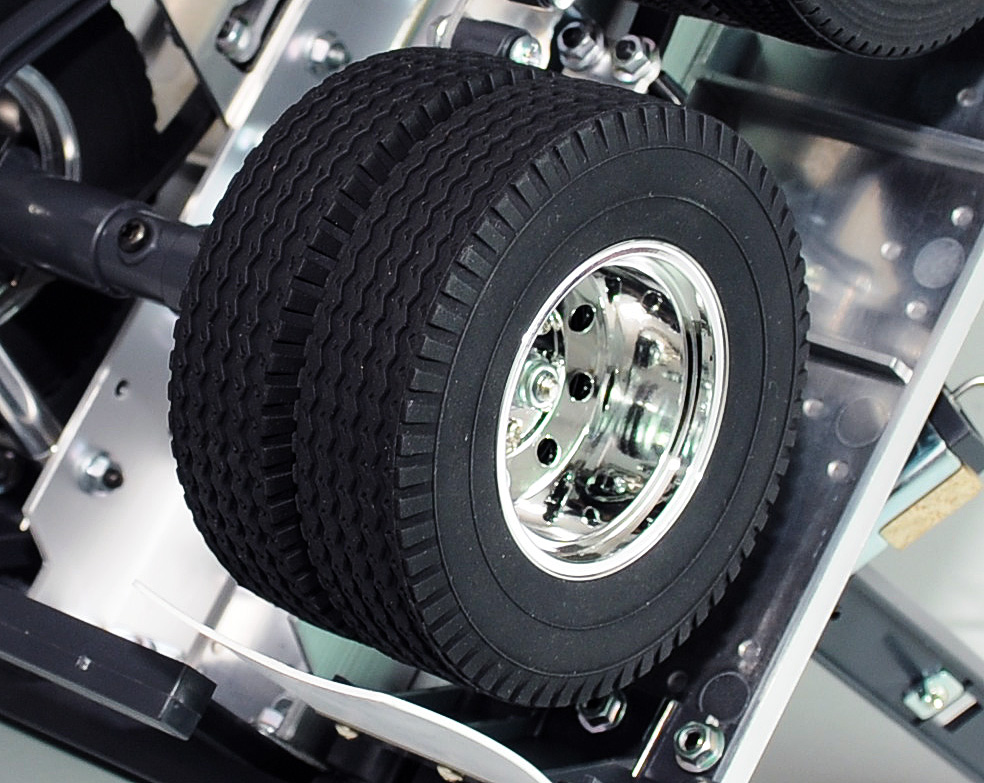 A semi-truck tire's rim diameter is larger than the 18-inch diameter on the car's tire.
A semi-truck tire's rim diameter is larger than the 18-inch diameter on the car's tire.
Overall this makes semi-truck tires bigger than standard car tires. This makes sense when you think about how much more weight a semi-truck tire has to carry. Also, semi-trucks drive for longer hours than a typical residential vehicle. The additional weight the truck has to carry in addition to the long driving hours puts a lot more wear on the tires, so they need to withstand that.
When you read the tire size on a semi-truck tire, you will see some numbers and letters arranged like this: 225/70R19.5.
On GCR Tires, they break down the four main parts of a semi-truck tire's size.
The first number from our example is '225.' This is the tire's width in millimeters. This is the number that the next section references to understand tire height.
The height of the tire isn't just listed like the width. Instead, it is written as a ratio of the width of the tire. So in the example, after the slash is '70.' This means that the tire's height, from the rim to the edge of the treads, is 70 percent of the tire's width.
Instead, it is written as a ratio of the width of the tire. So in the example, after the slash is '70.' This means that the tire's height, from the rim to the edge of the treads, is 70 percent of the tire's width.
The letter after the number '70' in our example is 'R.' This lets us know that the type of tire is radial. This means that the tire is supported with steel belts that run radial inside the tire. There are other types, but radial is the most common for truck tires.
The rim diameter is the diameter of the center of the tire. This lets you know what size rim wheels fit inside this tire. In the example, it would be the '19.5' at the end. This indicates that the rim diameter is 19.5 inches across.
Semi-truck tires are big to allow for more traction and stability while driving. Semi-trucks can move thousands of pounds of cargo across thousands of miles. It can be crucial that the tires on them are up for such a long job.
Wider tires help to distribute the weight across more surface area, while taller tires mean the tires can rotate less and cover more distance. Also, with more rubber between the road and the truck, there is more material to use up over time. This will improve the time between tire replacements.
When you are choosing tires for your semi-truck, it is good to know what your options are. You will want to read your truck's owner manual to see what tires it recommends in different situations. In some cases, your vehicle may need different tires than in another situation.

Be sure to choose the right tire for the right vehicle and situation. You will want larger treads for off-roading than a long drive across Kansas.
Lube Zone says that semi-truck tires have a life span of three to six years. It is recommended that you change your tires no less often than every six years. If the tire has more wear or damage, then it may need to be replaced sooner, like three years.
One more thing to know when changing semi-truck tires is about changing them in pairs. When you change a semi-truck's tires, you want to change the opposite side tire as well.
When the treads on two adjacent tires are uneven, it can cause issues when you drive. This is why it is recommended to change all of your semi-truck tires in pairs.
Steer tires are the tires in the front of a vehicle that are used to steer. They are designed a little differently than other tires to optimize their position on the vehicle. Since they are in the front and used to steer, they are designed to have lots of traction to control the vehicle better.
Since they are in the front and used to steer, they are designed to have lots of traction to control the vehicle better.
These tires also tend to be built stronger than other tires since turning your vehicle wears them out. By having higher endurance, they can help the tires in the front and back wear more evenly.
On a semi-truck, there are two other tires we will also talk about.
A drive tire is usually located just behind the steer tire on a semi-truck. These are the tires that are hooked to the drive train and push the vehicle forwards.
To help increase traction with the road, these tires have stronger treads. Since the truck's power is based on how hard the truck can push off the road, the tires have to have a lot of traction.
If you tried to use a different tire where the drive tire was supposed to go, your vehicle wouldn't be able to grip the road. This would result in less available power for the semi-truck. Drive tires can be essential to maintaining efficient trucks.
A trailer tire is a tire that is usually located at the back of a semi truck's trailer. These tires don't receive power from the drive train and also don't help in steering. For this reason, they don't need to have as strong of treads. The forces on these tires are greatly lower than their counterparts.
When you are installing steer tires, it is a good practice to make sure that they match. When your vehicle has different size steer tires, then the vehicle will handle incorrectly. You may notice that you slide when you shouldn't or don't turn correctly. So make sure that your steer tires match.
Now, what if you are in a situation where you have no choice but to use mismatched steers tires temporarily. How much damage will this cause to your vehicle? Overall this won't do any severe damage to the vehicle but, it does reduce the vehicle's handling. If you must drive without matching steer tires, go slower to help keep yourself safe.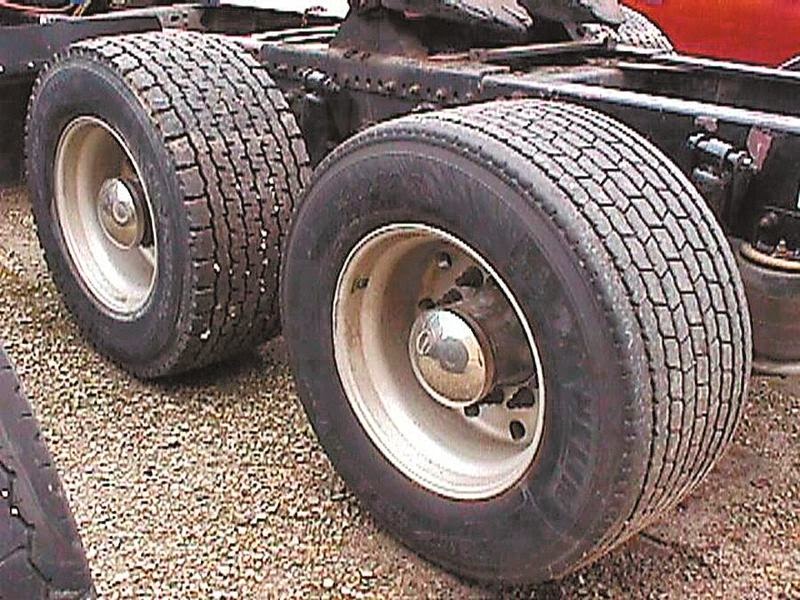
Semi-truck tires, like most tires, are made from a blend of natural and synthetic rubber. This rubber is layered in different configurations depending on the specific tire.
Semi-truck tires are built with lots of hard rubber layers to make the tires extra resilient. On the other hand, standard car tires are also made with layers of rubber, but the rubber they use is not nearly as dense. They also don't use as many layers.
There are also other special layers they can add to a semi-truck's tires to improve performance. One of these things is a polyester layer that helps to prevent the tire from overheating. It also adds a layer of rigidity to help the tire hold its shape.
In this article, we learned how big semi-truck tires are and how to read their size. We also learned that semi-truck tires are big to increase traction and stability. Also, larger tires last longer since they have more rubber.
Next, we covered the different types of tires and how it's essential to keep your drive tires and steer tires in the correct location.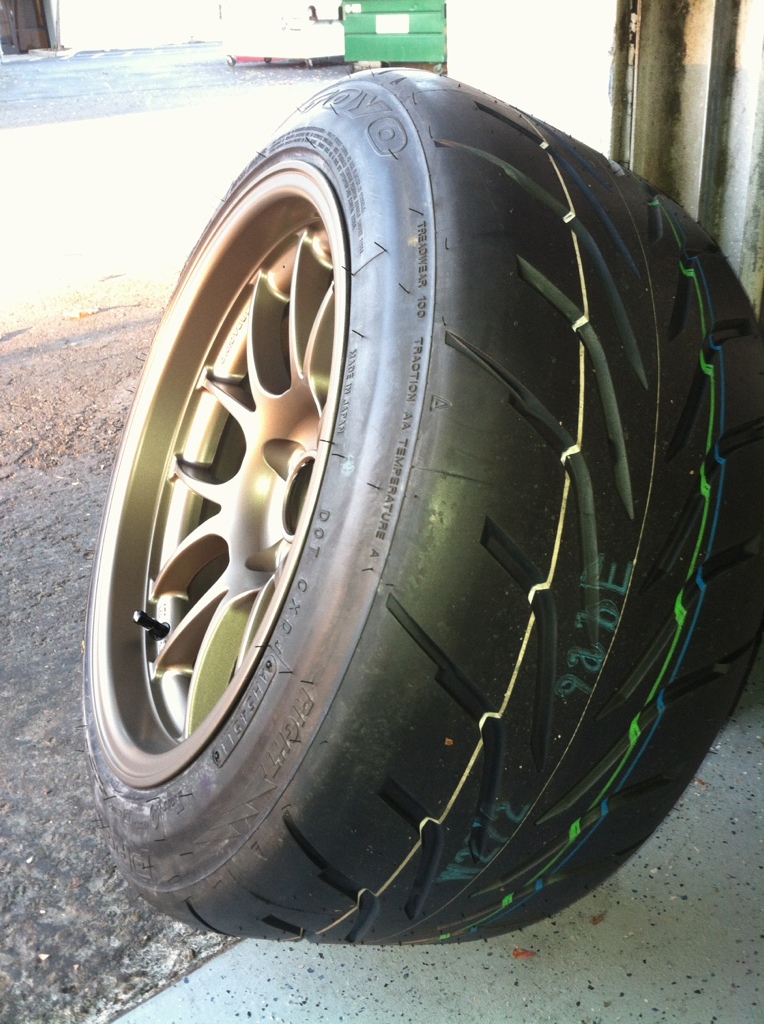 Finally, we learned that tires are made from different rubber layers of varying densities. The density affects how well the tire will endure. Semi-truck tires are usually denser.
Finally, we learned that tires are made from different rubber layers of varying densities. The density affects how well the tire will endure. Semi-truck tires are usually denser.
We hope you enjoyed this article. If you would like to learn more, check out these other posts.
How Many Miles Does A Semi Truck Last?
Should Good Tires be On Front Or Back?
Sizova N.V., Korneeva T.S., Bratkova V.V., Sotnikova A.L., Rassokhin V.V.
1St. Petersburg Center for the Prevention and Control of AIDS and Infectious Diseases; 2First St. Petersburg State Medical University named after Academician I.P. Pavlova
The results of a clinical trial comparing two first-line antiretroviral therapy (ART) regimens containing lamivudine and zidovudine combination products are presented.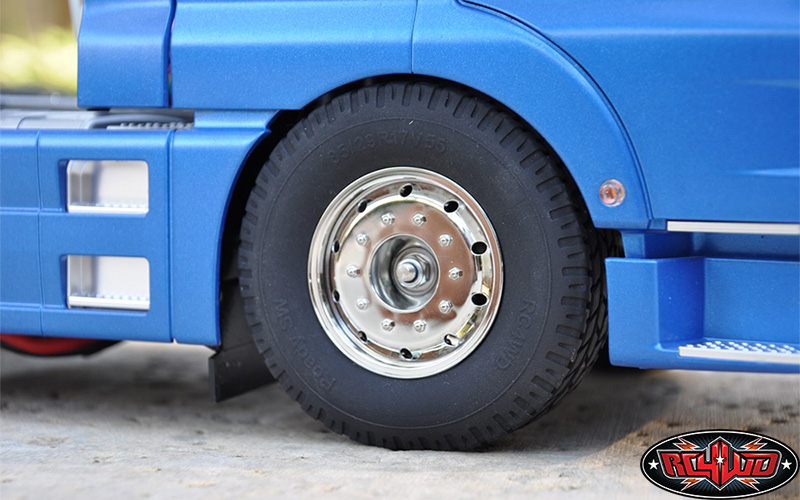
Purpose of the study. Comparison of the efficacy and safety of the reference drug combivir (AZT/3TC) and the generic drug, disaverox (AZT/3TC), according to generally accepted comparison criteria.
Materials and methods. The study included 61 patients: group 1 included 32 patients taking disaverox (AZT/3TC), group 2 included 29patients taking combivir (AZT/3TC). The groups were comparable in terms of age, sex, and clinical characteristics of the course of HIV infection. All patients had not previously received ART, had indications for starting therapy, and were observed for 24 weeks after the appointment of antiretroviral drugs. During this period, the clinical and immunological efficacy of drugs, the severity of adverse events during their development were evaluated. All patients underwent a standard examination at the scheduled time, if necessary, an in-depth additional examination.
Results. With comparable immunological efficacy of drugs, the rate and degree of increase in the number of CD4-lymphocytes in the 1st group were significantly higher than in the 2nd (230 and 144.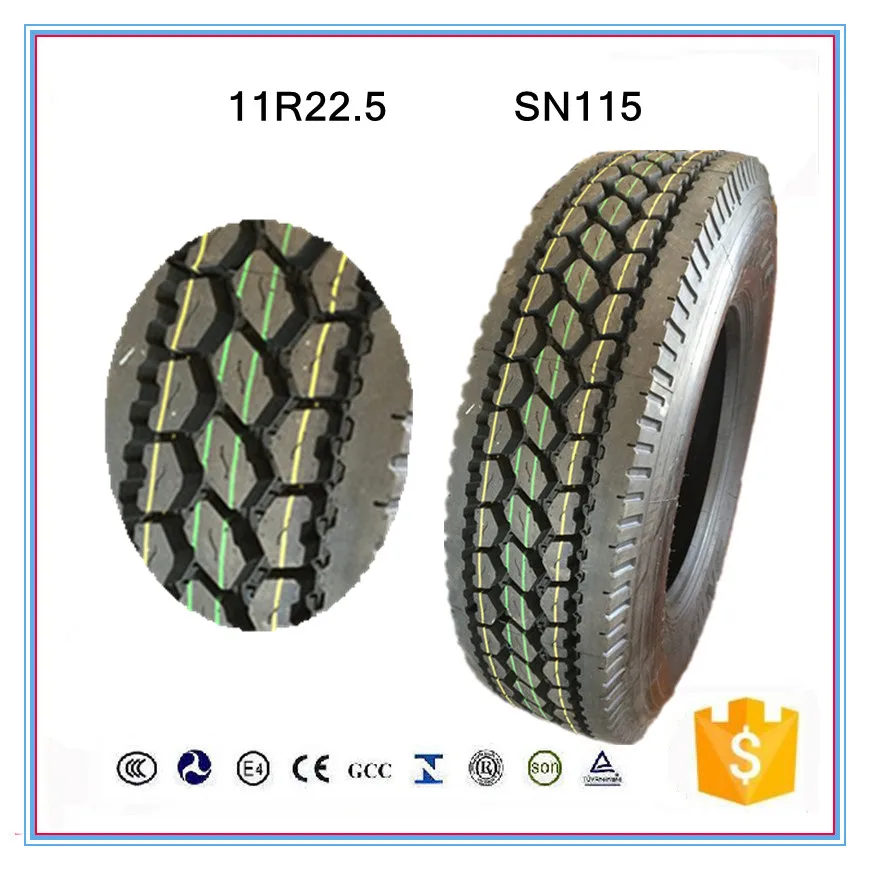 5 cells/µl, respectively). The proportion of patients with suppressed HIV activity by week 24 in group 1 was also significantly higher than in group 2 (86.4 and 75%, respectively). In both groups, adverse events were reported in 85% of patients, the most common were anemia, hypercholesterolemia; there were cytopenias, various disorders of the gastrointestinal tract, hyperglycemia. In the 1st group, therapy was interrupted due to adverse events in 5 (15.6%) patients, in the 2nd - 8 (27.6%) patients.
5 cells/µl, respectively). The proportion of patients with suppressed HIV activity by week 24 in group 1 was also significantly higher than in group 2 (86.4 and 75%, respectively). In both groups, adverse events were reported in 85% of patients, the most common were anemia, hypercholesterolemia; there were cytopenias, various disorders of the gastrointestinal tract, hyperglycemia. In the 1st group, therapy was interrupted due to adverse events in 5 (15.6%) patients, in the 2nd - 8 (27.6%) patients.
Conclusion. Combination drugs taken for 24 weeks by HIV-infected patients who have not previously received ART have comparable clinical, immunological and virological effects. At the same time, in patients of the 1st group, immunological and virological improvement occurred significantly faster and more significantly, and adverse events developed less frequently.
Key words: CD4-lymphocytes, zidovudine, viral load, lamivudine, antiretroviral therapy, HIV infection, adverse events
The full text of the article is available
in the Physician's Library
1. 2. Global health sector strategy on HIV 2016–2021 (project). Geneva: WHO, 2015. 21 p. http://www.who.int/hiv/proposed-hiv-strategy2016-2021/ru/ 3. Kolbin A.S., Prasolov A.V., Maksimkina E.A., Balykina Yu.E., Golant Z.M., Polushin Yu.S., Kurylev A.A., Vilyum I.A. . Analysis of the formation of restrictive lists in Russia on the example of Vital and Essential Drugs. The role of pharmacoeconomics. HIV infection and immunosuppression 2016; 8(2): 71–6. 4. Shestakova I.V. How big is the risk of using medicines not registered in the Russian Federation for the treatment of chronic hepatitis C? Infectious Diseases 2016; 15(2): 15–29. 5. Babikhina K.B., Vergus G.S., Golovin S.E., Jakoniya G.V., Dragunova Yu.A., Egorova N.V., Mikhailov A.V., Skvortsov A.S. , Khan T.A., Khilko N.N. 2015 ARV Procurement Report: ≪2015 ARV Procurement: Theory of Relativity. 6. On Amendments to Certain Legislative Acts of the Russian Federation in Part of Counteracting the Turnover of Counterfeit, Counterfeit, Substandard and Unregistered Medicines, Medical Devices and Counterfeit Biologically Active Supplements: Federal Law No. 532-FZ dated December 31, 2014. http://www.consultant.ru/document/cons_docLAW_173202/ 7. Guidelines for the Use of Antiretroviral Agents in HIV-1-Infected Adults and Adolescents. DHHS, 2016. 288 rubles. https://aidsinfo.nih.gov/contentf i les/lvguidel ines/adultandadolescentgl.pdf 8. Pokrovsky V.V., Ladnaya N.N., Tushina O.I., Buravtsova E.V. HIV infection. Information Bulletin No. 40. M.: Federal Scientific and Methodological Center for the Prevention and Control of AIDS, 2015. 57 p. 9. Rassokhin V.V., Bobreshova A.S., Ogurtsova S.V. Issues of Economics in Epidemiology, Prevention, Diagnosis and Clinic of HIV Infection. 10. Toropov S.E., Rudakova A.V., Zakharova N.G., Sizova N.V., Dvorak S.I., Guba Z.V., Rassokhin V.V., Belyakov N.A. . Pharmacoeconomic analysis of first line antiretroviral therapy. HIV infection and immunosuppression 2015; 7(1): 29–39. 11. Belyakov N.A., Sizova N.V., Toropov S.E., Zakharova N.G., Rassokhin V.V., Stepanova E.V. Pharmacoeconomic analysis of highly active antiretroviral therapy for HIV infection. The cost of drug resistance. HIV infection and immunosuppression 2010; 2(4): 7–17. 12. Belyakov N.A., Zakharova N.G., Sizova N.V. Economic and clinical issues of HIV infection: medical thematic archive. St. Petersburg: Baltic Medical Education Center, 2014. 210 p. 13. Kostromin P.A. Import substitution of drugs in Russia in terms of volume, range and quality. Theory and practice of social development 2015; (1): 73–7. 14. State strategy to combat the spread of HIV infection in Russia for the period up to 2020 and beyond. 15. Leonova O.N., Rakhmanova A.G., Goliusova M.D., Smirnova N.L. The use of phosphazide in patients with advanced HIV infection. HIV infection and immunosuppression 2013; 5(3): 83–8. 16. On the basics of protecting the health of citizens in the Russian Federation. Federal Law No. 323-FZ of November 21, 2011, as amended. dated 03.07.2016. http://www.consultant.ru/cons/cgi/online.cgi?req=doc&base=LAW&n=196384&fld=134&dst=1000000001.0&rnd=0.3419920856115045#0 , Malyuzhenko I.V., Isaeva G.N., Kovelenov A.Yu., Minaeva S.V., Topolskaya S.V., Voronin E.E., Okhonskaya L.V. The first results of the use of the combined drug rilpivirine/tenofovir/emtricitabine in Russian patients with HIV infection in real clinical practice. Epidemiol. infectious illness. Actual. question 2015; (6): 66–2. 18. Stepanova E. 19. Kanestri V.G., Kravchenko A.V. Hematological disorders in patients with HIV infection receiving antiretroviral therapy. HIV infection and immunosuppression 2013; 5(3): 63–70. 20. Salamov G.G., Kravchenko A.V. Dynamics of changes in blood biochemical parameters during antiviral therapy. HIV infection and immunosuppression 2013; 5(3): 71–6. 21. Zhukov V.V., Podymova A.S. Experience in the use of a generic NRTI with a fixed combination of ZDV and 3TC for the treatment of patients with HIV infection in the Sverdlovsk region - comparison with the original drug. HIV infection and immunosuppression 2014; 6(2): 101–5. 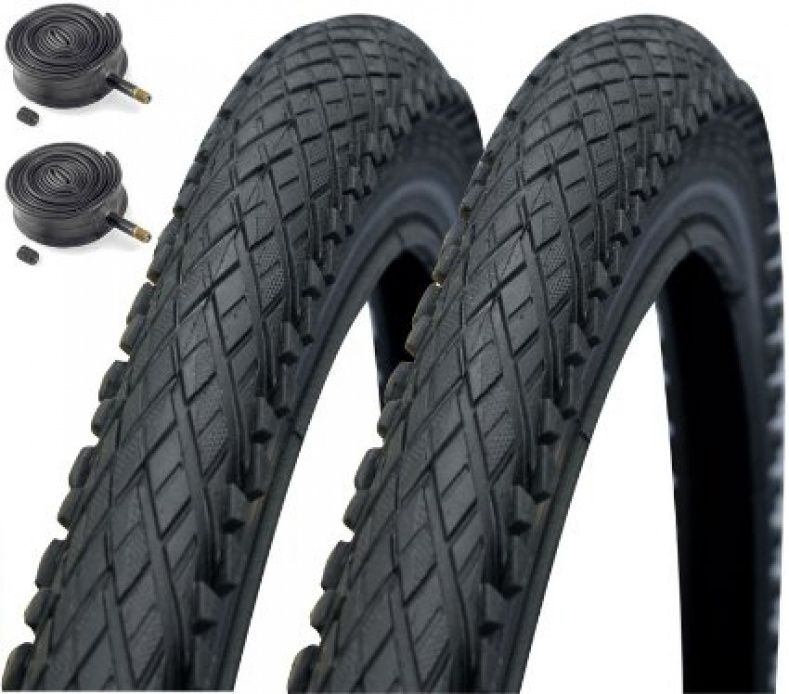 M.V. Zhuravleva, A.B. Prokofiev, T.M. Chernykh, N.B. Lazareva, N.G. The era of generics: pros and cons. Epidemiol. infectious illness. Actual. question 2016; (1): 52–8.
M.V. Zhuravleva, A.B. Prokofiev, T.M. Chernykh, N.B. Lazareva, N.G. The era of generics: pros and cons. Epidemiol. infectious illness. Actual. question 2016; (1): 52–8.  Results of monitoring the procurement of ARV drugs in the Russian Federation≫. HIV infection and immunosuppression 2016; 8(2): 84–95.
Results of monitoring the procurement of ARV drugs in the Russian Federation≫. HIV infection and immunosuppression 2016; 8(2): 84–95.  HIV infection and immunosuppression 2016; 8(2): 67–70.
HIV infection and immunosuppression 2016; 8(2): 67–70. 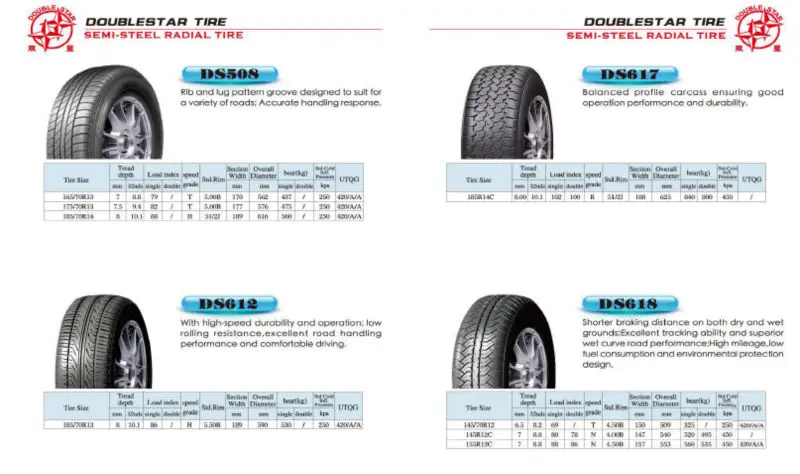 Decree of the Government of the Russian Federation dated October 20, 2016 No. 2203-r. 18 p. http://government.ru/media/files/cbS7AH8vWirXO6xv7C2my Sn1JeqDIv.pdf
Decree of the Government of the Russian Federation dated October 20, 2016 No. 2203-r. 18 p. http://government.ru/media/files/cbS7AH8vWirXO6xv7C2my Sn1JeqDIv.pdf  V., Leonova O.N., Kizhlo S.N., Sizova N.V. Reasons for switching HAART regimens. HIV infection and immunosuppression 2011; 3(3): 58–2.
V., Leonova O.N., Kizhlo S.N., Sizova N.V. Reasons for switching HAART regimens. HIV infection and immunosuppression 2011; 3(3): 58–2.
Correspondence:
Sizova Natalia Vladimirovna – Dr. med. Sciences, Assoc. cafe socially significant infections of the First St. Petersburg State Medical University named after Academician I.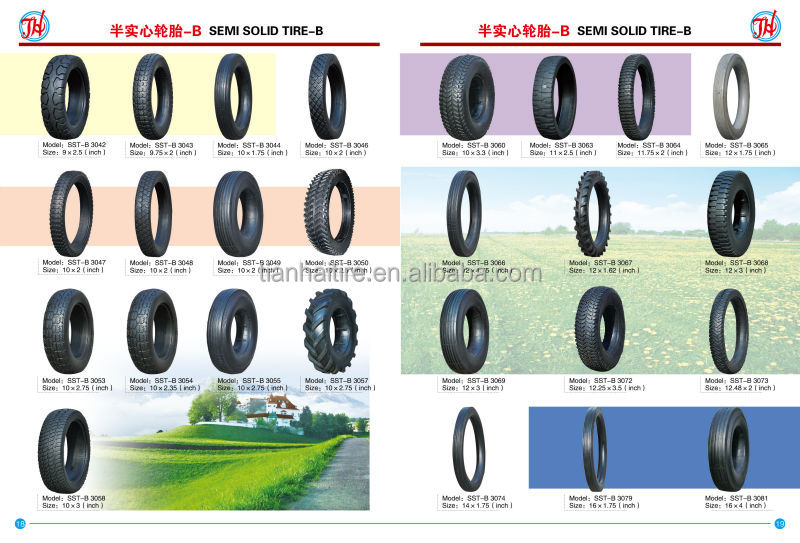 P. Pavlova; deputy Head of the St. Petersburg Center for the Prevention and Control of AIDS and Infectious Diseases
P. Pavlova; deputy Head of the St. Petersburg Center for the Prevention and Control of AIDS and Infectious Diseases
Address: 1
E-mail: [email protected]
Information about the authors:
Korneeva Tatyana Sergeevna – Ph.D. honey. Sci., Infectious Diseases Doctor, St. Petersburg Center for the Prevention and Control of AIDS and Infectious Diseases; [email protected]
Bratkova Vasilisa Vasilievna - infectious diseases doctor of the St. Petersburg Center for the Prevention and Control of AIDS and Infectious Diseases; [email protected]
Sotnikova Alexandra Leonidovna - infectious diseases doctor of the St. Petersburg Center for the Prevention and Control of AIDS and Infectious Diseases; [email protected]
Rassokhin Vadim Vladimirovich - Dr. med. sciences, prof. cafe socially significant infections of the First St. Petersburg State Medical University named after academician I. P. Pavlov; [email protected]
P. Pavlov; [email protected]
cadet corps. Hero of Russia Oleg Kuyanov, as the winner of the first review competition of Cossack cadet classes, held last year in Omsk, received the participants of the second such review. Children aged 15-16, who decided to link their future with military service, competed for the right to be called the best Cossack cadet class in the Siberian Federal District.
Hero of Russia Oleg Kuyanov, as the winner of the first review competition of Cossack cadet classes, held last year in Omsk, received the participants of the second such review. Children aged 15-16, who decided to link their future with military service, competed for the right to be called the best Cossack cadet class in the Siberian Federal District.
The review competition is held in order to enhance the role of the Russian Cossacks in educating the younger generation in the spirit of patriotism and readiness to serve the Fatherland in the process of learning in Cossack cadet classes. In 2019, this event was organized by the Government of the Novosibirsk Region with the support of the Siberian Military Cossack Society.
The city of Berdsk, Novosibirsk Region, was not accidentally chosen for the review competition, since its history is inextricably linked with the Cossacks, and the city itself has always been distinguished by loyalty to patriotic traditions. Born more than 300 years ago from a Cossack prison, the city, observing the traditions of the Cossacks, hospitably met a hundred cadets - teams from different regions of the Siberian Federal District - Omsk, Novosibirsk, Kemerovo, Irkutsk, Tomsk regions, the Republics of Tyva and Khakassia, Altai Territory, the Republic of Altai, Krasnoyarsk Territory - winners of the regional stages of the second review-competition "The best Cossack cadet class of the Siberian Federal District".
The accommodation of the participants was provided in a comfortable sanatorium "Dawn", which created the most comfortable conditions for the participants of the competition.
The ceremonial opening of the second competition of the Cossack cadet classes of the Siberian Federal District took place in the Memorial Square of the Victory Park in the city of Berdsk.
Metropolitan Nikodim of Novosibirsk and Berdsk blessed the young Cossacks and reminded them that “May correct spiritual moral guidelines always be present in our hearts. Let us always be faithful to the chosen path, so that the Lord grants us the strength to adequately carry everything that should be met by us on our life path ". The Metropolitan wished the Cadets and their mentors strength of mind and body and to remember the chosen path without succumbing to various temptations.
Federal inspector Yury Semenov, on behalf of the plenipotentiary representative of the President of the Russian Federation in the Siberian Federal District, Sergei Menyailo, noted that the decision to hold an annual regional review competition was made at the Council for Cossack Affairs in the Siberian Federal District.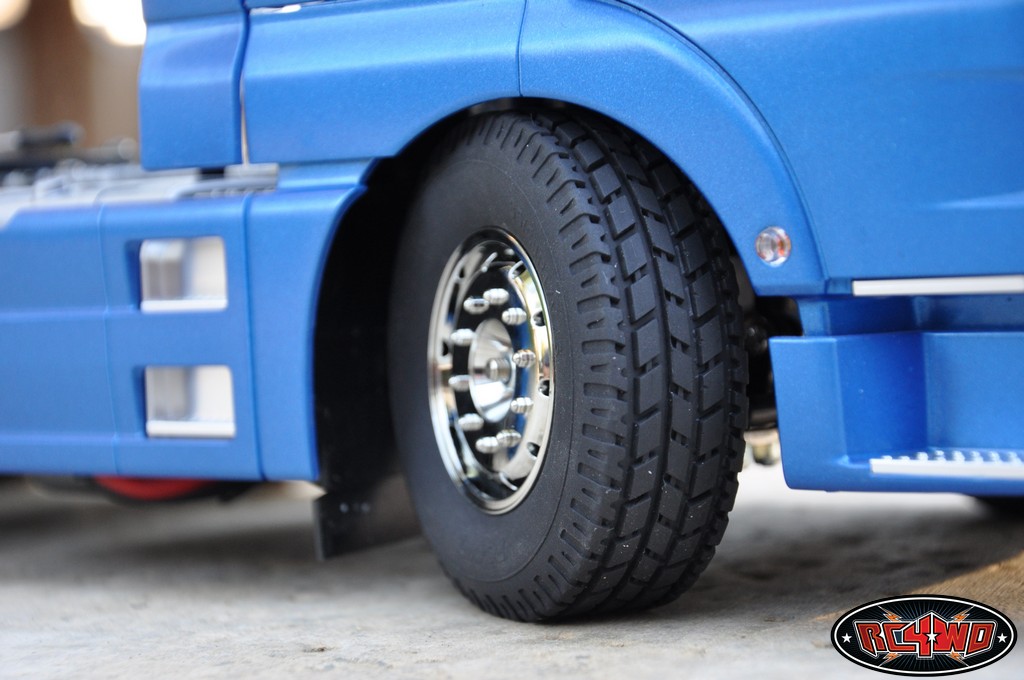
- The place for the competition was not chosen by chance. Berdsk is one of the key and iconic places in Siberia. He is directly connected with the Cossack pioneers, - said Yuri Semenov.
Minister of Education of the Novosibirsk Region Sergei Fedorchuk, conveying greetings on behalf of Governor Andrei Travnikov, said that this day is a real holiday, allowing you to plunge into the historical traditions of the Cossacks.
“Today, interest in Cossack education is increasing, as well as in cadet education in general, since the study of military history and culture will allow organizing the educational process in a completely different way, educating patriotism, which attracts many parents when choosing an educational institution. In the Novosibirsk region, a certain system of education and upbringing of cadets, including the Cossacks, has already developed. The Berdsk Cossack Cadet Corps is operating, several cadet classes have been created in the direction of "Cossacks".
We are currently developing a regional law on cadet education”, - said the minister.
- Today you are the living embodiment of the Russian military tradition, - said Sergey Fedorchuk, wishing the strongest team to win.
Ataman of the Siberian Cossack Army, Cossack General Gennady Privalov reminded the children about the history of the emergence of the Cossacks and wished them great victories. « The Cossacks stand on three pillars: service to the Fatherland, the Orthodox faith and the development of Cossack culture. Precisely the preservation of Cossack traditions and their promotion among young people have become the foundation of the review in which you are taking part. I wish you unity, which will come in handy even after returning to the regions , said Gennady Privalov, starting the Cadet Cossack competition in Berdsk.
Evgeniy Shesternin, the head of Berdsk, obviously has a historical significance for our city, saturated with historical glory.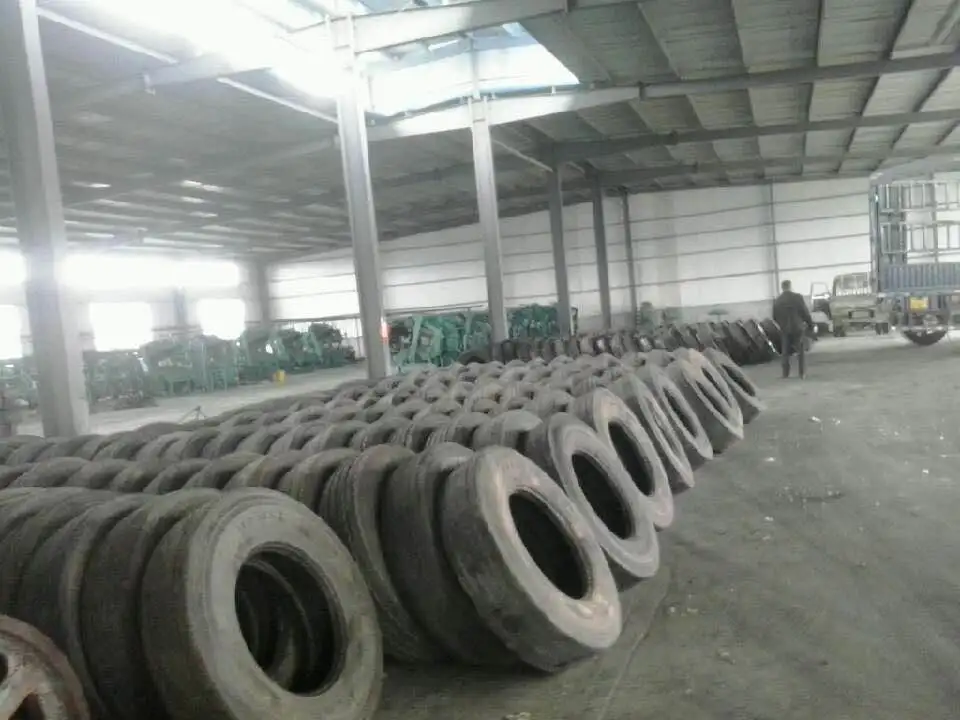
- We had a Cossack prison. And after more than 300 years, young Cossacks gathered for the first time on our land, connected with the history of their distant great-grandfathers, - Evgeny Shesternin explained.
Honorary guests were present at the solemn ceremony: Ataman of the Irkutsk Military Cossack Society Nikolay Shakhov, Ataman of the Yenisei Military Cossack Society Pavel Artamonov, Director of the Berdsk Cossack Cadet Corps named after Hero of Russia Oleg Kuyanov Sergey Ovchinnikov, members of the Board of the Siberian Military Cossack Society, chieftains of individual Cossack societies of the Siberian military Cossack society, chieftains of the primary Cossack societies of the Novosibirsk departmental Cossack society, military priest of the Siberian Cossack army Priest Georgy Vardugin, clergymen of the Novosibirsk diocese.
At the end of the opening ceremony, the guests of honor and the cadets laid flowers at the Eternal Flame at the Memorial of Glory.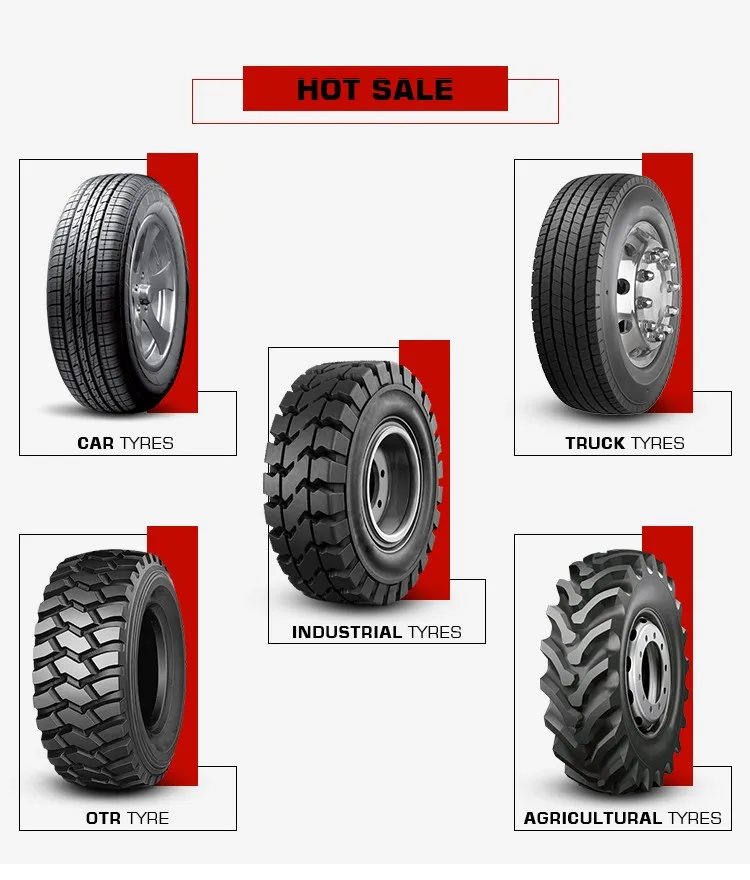
A meeting of the Council of Atamans of the Siberian military Cossack community, which was held in an expanded format in the Great Hall of the Administration of the city of Berdsk, was timed to coincide with the competition. The chieftains discussed the joint work of state authorities and military Cossack societies to implement the Strategy of the State Policy of the Russian Federation towards the Cossacks until 2020, as well as the preparation of creative and military sports events.
On the first day, Archpriest Dmitry Polushin, Head of the Department for Military-Patriotic Education and Cooperation with the Cossacks of the Novosibirsk Metropolis, held a spiritual lecture for the participants of the competition for two hours. At the end, the priest handed over to the participants the icons of the Abalak Icon of the Mother of God, which were brought by the older Cossacks from a pilgrimage trip to Tobolsk. The daily routine for the Cossack cadets included a morning and evening prayer rule.
For four days on the territory of the Berdsk Cossack Cadet Corps, the Novosibirsk Higher Military Command School and the Yubileiny children's camp, young Cossack cadets competed in competitions in drill and fire training, archery, vine cutting, tug-of-war, athletic all-around, overcoming the Cossack obstacle course, putting on and taking off personal protective equipment. The teams took part in a quiz about the pages of Russian military history and the history of the Cossacks, in a competition for knowledge of the material part of small arms and a Cossack song competition. Competitions began with a prayer service for the beginning of a good deed.
The cultural component included a long tour of the historical places and sights of the city of Novosibirsk, a separate excursion to the Novosibirsk Zoo, a visit to the swimming pool in the Rassvet sanatorium, showing the team's business card, holding a Cossack evening, master classes of Cossack culture.
The second review competition “The best Cossack cadet class of the Siberian Federal District” held in the city of Berdsk was designed to show how great the desire of the Cossack youth to meet, unite, work together. The competition gave the Cossack youth an excellent opportunity to demonstrate the connection between generations, to show true patriotism.
The competition gave the Cossack youth an excellent opportunity to demonstrate the connection between generations, to show true patriotism.
According to the results of the second contest "The best Cossack cadet class of the Siberian Federal District", the winner was the team of the Novosibirsk Region, represented by cadets of the Berdsk Cossack cadet corps named after Hero of Russia O. Kuyanov, who received the Challenge Cup for the second time. The second place was taken by the team of the Republic of Khakassia, the third place was won by the team of the Republic of Altai.
Team of the Omsk region, represented by cadets of the Cossack boarding school №9 named after Marshal of the Soviet Union D.T. Yazov Omsk took fifth place.
The closing of the second competition of the Cossack cadet classes of the Siberian Federal District took place on June 28 in the concert hall of the Yubileiny children's health camp. The awards to the winners and prize-winners at the solemn event were presented by the Minister of Education of the Novosibirsk Region Sergey Fedorchuk, who noted that all the teams showed themselves with dignity.